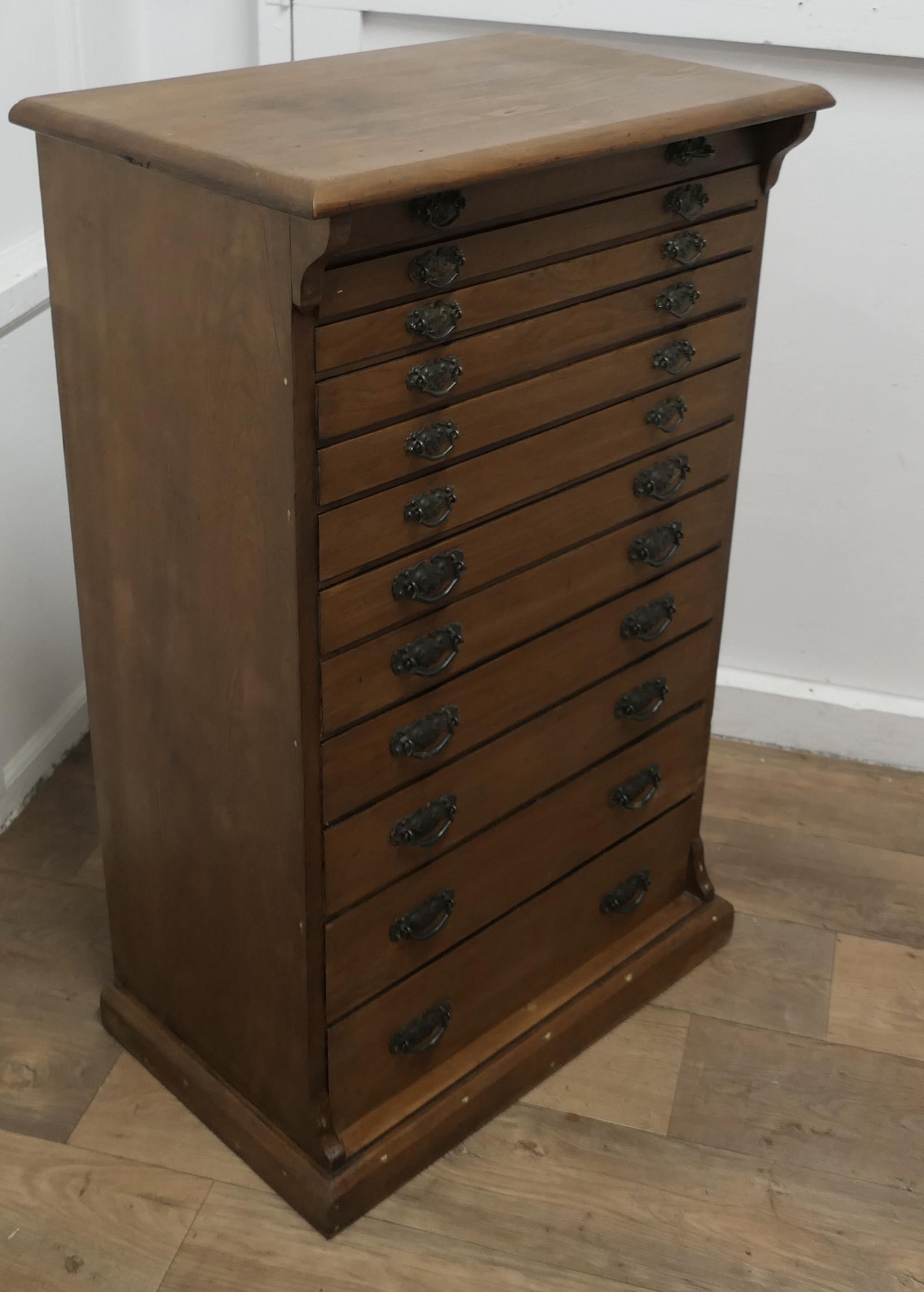Since a house is far more than a home, it requires furniture that is far more than just functional. It requires furniture with soul. Nothing does this better than antique and vintage furniture which combine quality with a warmth and personality only time can bring. These were pieces that were good enough for our ancestors to buy and use and love. And if it was good enough for them, then they probably deserve to join our family too. Furthermore an antique cabinet or antique table will add character to even the most uninspiring room.
So how should you really shop for antique furniture? Well, the simple answer is to have fun with it. Free from the conformity of current fashions you can acquire pieces just because you like them and because they inspire you. Buy an elegant Art Deco chest of drawers because it adds unashamed glamour to the room, buy a deep buttoned Victorian armchair because secretly inside you pretend you are Sherlock Holmes every time you sink down into it. Or simply place a 17th Century coffer at the end of the bed so that every time you wake up you can admire the warmth and wear those 300 years of loving handling brings.
At LoveAntiques we have an amazing and ever-changing selection of vintage and antique furniture for sale online from hundreds of Antique Dealers, catering for all your needs.
Elmgarden Antiques
Arts and Crafts Pine Collectors Cabinet Filing Drawers
£ 1,250
Knight Fine Antiques & Collectables
Early 19th Century Antique Beech & Elm Windsor Chair
£ 550
Early 19th Century Antique Beech & Elm Windsor Chair
£ 550
Knight Fine Antiques & Collectables
Knight Fine Antiques & Collectables
Antique Victorian Mahogany Centre Table / Occasional Table with 2 Drawers
£ 315
Antique Victorian Mahogany Centre Table / Occasional Table with 2 Drawers
£ 315
Knight Fine Antiques & Collectables
Elmgarden Antiques
18th Century Oak Low Boy, Writing Desk
£ 1,250
LT Antiques
Carved Burmese Armchair
£ 1,950
Debenham Antiques Ltd
Large Mid 20th Century Industrial Siemens Light
£ 1,495
Debenham Antiques Ltd
Pair of Carved Oak 19th Century Armchairs
£ 1,350
Debenham Antiques Ltd
19th Century Sheraton Revival Leather Top Library Table
£ 3,350
Debenham Antiques Ltd
19th Century William Iv Mahogany Library Desk
£ 4,950
£ 139.99
Fernyhough Antiques Ltd
French Cherry Hall Bench
£ 895
Fernyhough Antiques Ltd
Super Pair Porters Chairs
£ 1,295
Fernyhough Antiques Ltd
French Country Oak Coffee Table
£ 795
Antique & Modern Living
Rare Serpentine Tray-top Commode
£ 1,850
Antique & Modern Living
Quality Mahogany Partners Writing Table
£ 4,250
Marylebone Antiques
Antique Victorian Carved Mahogany & Leather Armchair
£ 2,750
LT Antiques
Large Victorian Leather Chesterfield Sofa
£ 4,450
Marylebone Antiques
Burr Walnut Leather Top Pedestal Desk
£ 1,150
Marylebone Antiques
Antique Victorian Walnut Leather Top Desk / Writing Table
£ 795
Marylebone Antiques
Antique Victorian Mahogany Bedside Cabinet
£ 475
Marylebone Antiques
Antique Sheraton Style Mahogany Side Table
£ 475
Debenham Antiques Ltd
19th Century Swedish Empire Birch Chest of Drawers
£ 1,995
Debenham Antiques Ltd
Scandinavian Mid Century Baroque Revival Chest of Drawers
£ 1,195
£ 450
£ 695
Later Painted Neoclassical Console Table with Carved Crest & Tapered Legs
£ 695
Whites Antiques
£ 775
Regency Rosewood Tea Table with Fold-Over Top and Original Brass Castors
£ 775
Whites Antiques
Fernyhough Antiques Ltd
Super Georgian Mahogany Sideboard Server
£ 1,295
Fernyhough Antiques Ltd
Fabulous Burr Walnut Bedside Cabinets
£ 1,295
Fernyhough Antiques Ltd
Good Mahogany Open Adjustable Library Bookcase
£ 895
Fernyhough Antiques Ltd
Pair Regency Ebony Side Chairs
£ 895
Fernyhough Antiques Ltd
French Art Deco Nest of Four Tables
£ 895
Fernyhough Antiques Ltd
Victorian Brass Revolving Magazine Stand
£ 895
Georgian Antiques
Austrian Walnut 2 Door Robe
£ 1,500
Camden Antiques
Large Twin Pillar 2 Leaf Inlaid Mahogany Dining Table
£ 1,450
Victoria Antiques
Super Georgian Chest of Draws Original Mahogany
£ 550
Alain Michel Antiques
19th Century Camphor Wood Marine / Campaign Chest
€ 1,200
D & J Hunt Antiques Ltd
A Classic Small Antique / Old Pine Victorian Waxed 4 Drawer Chest of Drawers
£ 395
A Classic Small Antique / Old Pine Victorian Waxed 4 Drawer Chest of Drawers
£ 395
D & J Hunt Antiques Ltd
D & J Hunt Antiques Ltd
Large Deep Waxed Antique Victorian Pine 5 Drawer Chest of Drawers
£ 695
Large Deep Waxed Antique Victorian Pine 5 Drawer Chest of Drawers
£ 695
D & J Hunt Antiques Ltd
D & J Hunt Antiques Ltd
Tidy Antique / Old Pine Victorian Waxed 4 Drawer Chest of Drawers
£ 365
Tidy Antique / Old Pine Victorian Waxed 4 Drawer Chest of Drawers
£ 365
D & J Hunt Antiques Ltd
Alain Michel Antiques
Spanish Renaissance Walnut Console Table - 17th Century
€ 2,900
Antique Furniture FAQs
How do I identify antique furniture?
Although most antique furniture is found without labels or dates, genuine antique pieces can usually be identified from a combination of the materials used, the style of the piece as well as the natural wear on the finish or Patina. Patina is something that can only occur naturally over time and is very hard to fake via man-made effects such as staining, sanding and painting. The skill is looking at lots of tiny details which convince you the item is a genuine antique. Much of this skill and knowledge can be built up over time just by observing real pieces and learning from those around you. It is also a good reason to buy from reputable antique dealers such as those on LoveAntiques who can give you the piece of mind that the item is what you say it is as well as offer valuable advice.
How to value antique furniture?
Like any collectable field antique furniture can range in value between nearly worthless to virtually priceless. In the past price guide reference books were a good starting point for valuing different items, but today such books have become nearly obsolete with the power of the internet at our fingertips. In most cases the internet will be the first place to research your item but don’t forget that the values you find can vary dramatically depending on the condition, who is selling them, where the item is located and more. While there are certain furniture items which are less or more fashionable today than in the past, desirability and value really comes down to individual taste and the room it is going into. You can ask your local auction house or antique dealer for a valuation but in both cases the value they give should be considered an estimate only. There are specialist online valuation services which will provide valuations for a fee but again check their location as values can vary dramatically between countries and continents.
Is Mahogany furniture valuable?
The simple answer is Mahogany furniture can be very valuable. It has always been a scarce and prized timber so is usually a sign that the antique item was expensive and well made at the time, sometimes by the very best makers and designers. Mahogany was first imported from the West Indies at the start of the 18th Century and continued to be popular up to the beginning of the 20th Century. It not only has an appealing red tone and grain but is strong and crisp to carve. However, Mahogany has also always been scarce, so almost from the start was also being used as a veneer as well as solid timber. Today antique mahogany is slightly less fashionable overall compared to other timbers (such as Oak) so can be purchased for less than in the past making them great value. In truth if you like the item or it suits the room, then that item is valuable to you either way.
What date is Georgian and Victorian Furniture?
The Georgian era in England (1714-1837) began with King George I in 1714 and ended with the death of George IV in 1830. However, for simplicity most people also include the subsequent reign of William IV from 1830-37 into the Georgian period. The Victorian era (1837-1901) began when Queen Victoria took to the throne in 1837 and until her death in 1901. When describing antique furniture people sometimes use the terms Georgian and Victorian somewhat loosely to also describe items created in the styles popular during those times.
What is vintage Furniture?
The phrase ‘Vintage Furniture’ is commonly used to describe a whole group of furniture that is not yet old enough to be antique. Many people and sales platforms deem that vintage items must be a minimum of 20 years old to be called Vintage and that they finally become Antique when they are at least 100 years old. In principle this is a pretty clear definition, but it is important to recognise that these are only guide-lines and some will use ‘Vintage’ to refer to even newer items in an older style.


